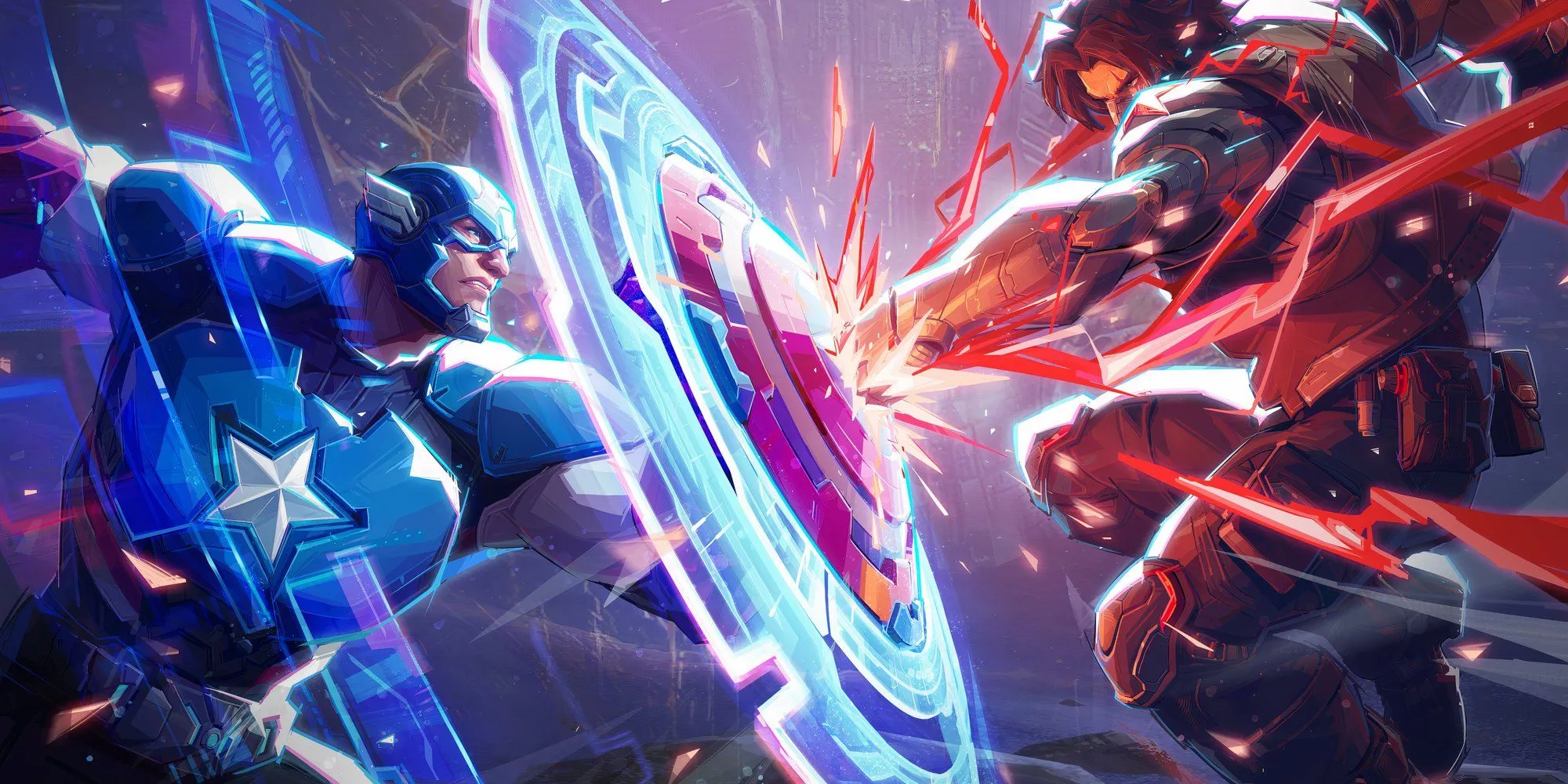
Marvel Rivals has made a spectacular debut, capturing attention in the gaming community during its launch week. As it strives to compete with the established dominance of Overwatch, discussions around the necessity of implementing a role lock system have swiftly emerged. What sets Marvel Rivals apart is not just its engaging gameplay but also its consumer-friendly approach to microtransactions. Early leaks suggest that upcoming seasons will introduce a wealth of new content, including additional villains that promise to keep gameplay exciting and dynamic.
Currently, the gameplay format of 6v6 teams is proving to be both effective and enjoyable. The division of heroes into three distinct roles aligns well with the traditional structure but does run the risk of creating unbalanced matches. While each class features engaging characters, the Duelist role has gained particular popularity among players, often due to its fast-paced play style.
The Case for Role Lock in Marvel Rivals
Role Lock: Ensuring Fair Play

Adopting a role lock system in Marvel Rivals could enhance the overall balance and enjoyment within matches. Implementing role restrictions would mitigate occurrences of teams lacking essential roles, such as Vanguards or Strategists, a common issue noted by players. Such restrictions could be restricted to competitive modes and quick matches, allowing the arcade deathmatch mode to remain open for players wanting diverse role participation.
There are two potential methodologies for implementing role locks that carry minimal risks. The first is the traditional 2-2-2 setup, popularized by Overwatch. This structure promotes optimal team composition, allowing for improved synergy and balance among roles. The Vanguards particularly benefit from this arrangement, as it alleviates the burden of managing solo tank roles, thus enabling more effective team collaborations throughout Marvel Rivals.
Alternatively, a 1-3-2 configuration could align more closely with the design philosophy of Marvel Rivals. Since many Vanguards possess self-sustain abilities, this approach could facilitate a faster-paced gaming experience by increasing the number of available Duelist slots. Although this option may present challenges with balance, it remains a feasible idea worth exploring.
Arguments Against Role Lock in Marvel Rivals
The Seriousness of Gameplay

Opponents of role lock in Marvel Rivals raise three main concerns: enjoyment, queue times, and balance. The most critical point may revolve around balance; enforcing specific roles typically necessitates fine-tuning each character to ensure that all are viable options. Rivals currently operates under a balanced philosophy where the focus is on equal power among all characters. Any implementation of role locks would demand near-ideal balance, as game content could easily sway user satisfaction.
Queue times represent a significant concern as well; introducing role locks could lead to longer wait periods for players. Currently, players enjoy almost instantaneous queue times, but these could grow to several minutes if a role lock is enforced. This raises the question of whether players would be willing to endure five to ten-minute waits for more balanced teams. If matches become too one-sided, it could further frustrate players on the losing side.
Prospective Outcomes for Marvel Rivals
Striking an Optimal Balance





Marvel Rivals stands at a crossroads regarding the potential adoption of a role lock system. Choosing to forgo this feature may prove to be the simplest route, and such a decision might not be detrimental. Unlike other hero shooters, Marvel Rivals benefits from the immense popularity of its character roster. As long as the Vanguard and Strategist roles feature engaging characters, some players will gravitate towards these options, creating an inherent risk of potential team imbalance.
While implementing role locks could present a more equitable approach, the success of such a modification hinges primarily on its execution. The 2-2-2 format offers a fair distribution of roles, whereas the 1-3-2 configuration may expedite game development and player experiences. Based on genre trends and character creation requirements, it is likely that Marvel Rivals will favor the traditional 2-2-2 setup. The questions remain about whether this will apply solely to competitive modes or encompass all non-arcade play.
Ultimately, role lock may not be the game-changing feature many anticipate, provided that Marvel Rivals can maintain a healthy player base. One of the notable challenges faced by Overwatch was the timing of its role lock introduction, which coincided with a decline in player numbers. With Marvel Rivals expecting to sustain its positive reception, the potential incorporation of role lock should not hinder the game’s overall longevity.




Leave a Reply